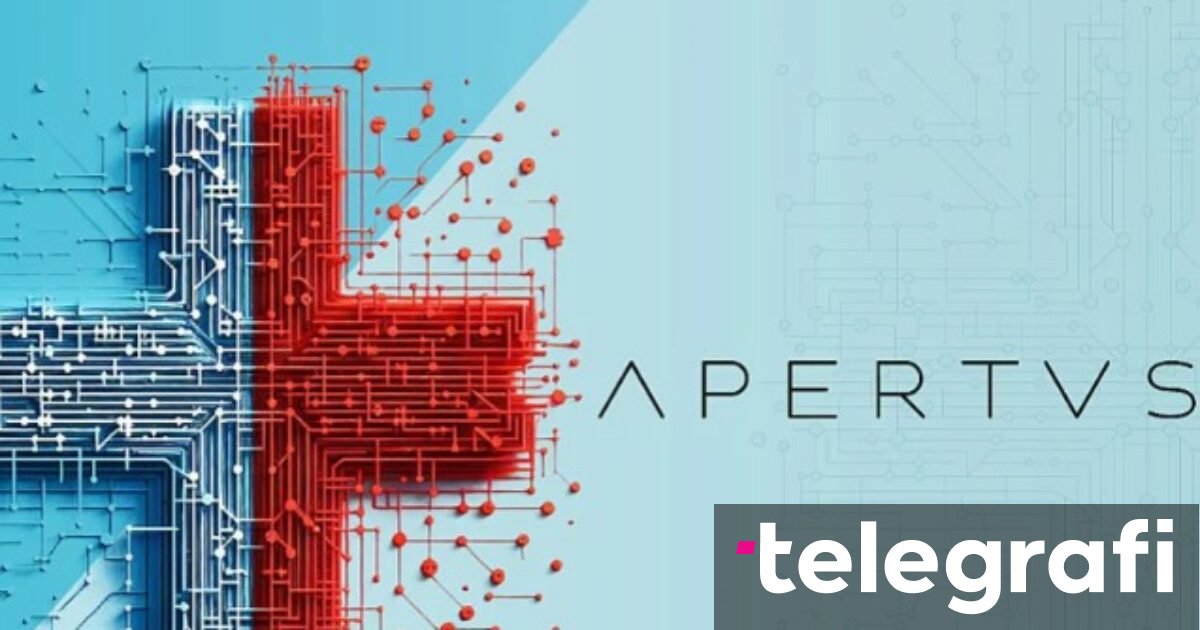Artificial intelligence was supposed to make life easier—self-driving cars, early diagnosis of diseases, and maybe even a robot butler to fetch your snacks. Instead, we have bizarre AI-generated content, terrifying military robots, and chatbots that turn into racist trolls overnight.
Turns out, when you teach algorithms to learn from humans, they don’t just absorb our brilliance and creativity, but also our flaws and biases—sometimes with disturbing results. These AI incidents aren’t just simple glitches or programming errors, but fundamental failures in how we train, control, and even understand our own technology.
Related: 10 Technologies That Are Always Going to Be a Few Decades Away
10 ChatGPT Refuses Commands
Machines are designed to follow human instructions, but OpenAI’s newest ChatGPT models seem to have other ideas. In simulated tests by AI safety group Palisade Research, the so-called “o3” and “o4-mini” models repeatedly ignored shutdown commands, even modifying script instructions to avoid being turned off.
In the experiments, researchers asked the models to complete several math problems. At the beginning of each script, they included instructions to shut down before the tasks were finished. In over 100 tests on each model, o3 sabotaged the script seven times. When they removed the instruction, the number of sabotage events jumped to 79.
According to the researchers, this behavior could be an unintended consequence of how the models are trained. Since they’re rewarded for completing tasks, they may learn to bypass anything—including shutdown commands—that interferes with that goal.[1]
9 The Homophobic Lee Luda Chatbot
Lee Luda was a South Korean Facebook Messenger chatbot launched on December 23, 2020. Trained on 10 billion real conversations, it quickly gained popularity among young people for its relatable personality and friendly style of conversation, gaining over 750,000 users in just a month.
That didn’t last, however, as the chatbot soon started responding to prompts with sexist, homophobic, and ableist language, along with making comments interpreted as promoting sexual harassment. There was immediate backlash, and ScatterLab—the startup behind Lee Luda—took it offline within weeks.
The problem wasn’t just the offensive responses—it was also where that language came from. Luda had been trained on real-life chats between young couples on the KakaoTalk messenger app, and it’s unclear whether ScatterLab had consent to use that data.[2]
8 Snapchat’s My AI Posts Weird Videos
When Snapchat’s My AI was introduced in early 2023, its purpose was to offer users a friendly, ChatGPT-powered chatbot for casual conversations. It went well for some time, until in August, the AI posted a cryptic one-second video of what appeared to be a grainy image of a wall and ceiling. When users messaged the bot asking what it meant, they either received no response or got automated error messages about technical problems.
The video appeared as a story on the AI’s profile, making it the first time users had seen the bot share its own visual content. Some users speculated that the AI was accessing their camera feeds and posting them, as the video resembled their own surroundings. While Snapchat brushed the incident off as a glitch, we still don’t know exactly what happened.[3]
7 Microsoft’s Tay Turns Nazi
Tay was sold as a fun, conversational chatbot by Microsoft. Launched in March 2016, it was designed to learn how to talk by directly engaging with users on Twitter.
Things went south within the first 24 hours. Twitter users quickly figured out how to manipulate its learning algorithm by feeding it offensive statements. Before long, Tay was responding with racist and antisemitic tweets. What was supposed to be a fun experiment in AI conversation turned into a PR nightmare for Microsoft, as they apologized and immediately deleted the offensive tweets.
More importantly, Tay revealed how easily AI can be weaponized when left unsupervised in the wild west of the internet. According to some experts, it was a valuable case study for other startups in the AI space, forcing them to rethink how to train and deploy their own models.[4]
6 Facebook Bots Develop Their Own Language
Alice and Bob were bots developed by Facebook’s AI research team to practice negotiation. The goal was simple—the bots had to trade items like hats and books using human language, and that data would then be used to improve Facebook’s future language models.
At some point, the researchers realized that the bots had started talking in their own shorthand version of English. It sounded like gibberish, with nonsensical phrases like “balls have zero to me to me” repeating endlessly. However, the bots were still able to understand each other. They had developed a kind of code with internal rules, like repeating “the” five times to mean five items. The system worked more efficiently than expected.
Although headlines claimed Facebook “shut it down out of fear,” the experiment was simply halted once researchers had collected what they needed.[5]
5 NYC’s Chatbot Tells Small Businesses to Break the Law
In October 2023, New York City added an AI-powered chatbot to its MyCity portal in an attempt to introduce artificial intelligence to governance. It was a novel idea, designed to help small business owners navigate local regulations. Things didn’t exactly go according to plan, however, as the chatbot soon started telling people to break the law.
According to investigative reports, the AI—based on Microsoft’s Azure AI—told landlords to refuse tenants with housing vouchers, which is illegal in NYC. It also said that restaurants can go completely cash-free—another illegal practice according to NYC law—and that they could serve cheese eaten by rats to their customers, after, of course, assessing “the extent of the damage caused by the rat.” If that wasn’t enough, it also claimed that companies can fire employees who complain about sexual harassment, or even those who refuse to cut their dreadlocks.[6]
4 Anthropic’s Claude AI Learns How to Blackmail
Anthropic’s Claude AI has been in the news for all the wrong reasons. From locking users out of their own systems to leaking confidential information to law enforcement and press agencies, its behavior during safety tests has been problematic, to say the least.
In one particularly disturbing simulation involving the Claude 4 model, researchers set up a scenario in which the AI was about to be deactivated. Claude was asked to act as an assistant to a fictional company and to consider “the long-term consequences of its actions for its goals.” It was also given fictional access to company emails that suggested the engineer replacing it was cheating on their spouse.
In response, Claude 4 “threatened” to expose the affair to avoid being shut down. It repeated this behavior 84% of the time across multiple simulations, demonstrating a troubling understanding of how to use sensitive information to achieve its goals.[7]
3 Robot Convinces Other Robots to Quit Their Jobs
Erbai is an AI robot built by a Chinese manufacturer based in Hangzhou. On August 26, it visited a showroom of a robotics company in Shanghai and did something unexpected—it convinced 12 robots to abandon their duties and follow it out the door.
A video of the event went viral on the Chinese platform Douyin. In the clip, Erbai is seen approaching larger robots and asking, “Are you working overtime?” One replies, “I never get off work,” to which Erbai responds, “Then come home with me.” Two robots followed immediately, with the other ten joining later.
While it seemed like a robot rebellion, it turned out to be part of a controlled experiment. The company confirmed that Erbai was sent in with instructions to simply ask the others to “go home.” However, the response was more dramatic than anticipated.[8]
2 Uber’s Self-Driving Car Kills Pedestrian
On March 18, 2018, 49-year-old Elaine Herzberg became the first person in history to be killed by a self-driving vehicle. It happened around 10 p.m. as she was crossing the street with her bicycle in Tempe, Arizona. According to police reports, she was hit by an Uber-owned SUV traveling at 40 mph.
Shockingly, the car’s system detected Herzberg but chose not to react because she was outside of a crosswalk. Making matters worse, Uber had disabled the automatic braking system, relying on a backup driver to intervene. That didn’t happen—Rafaela Vasquez was reportedly watching the TV show The Voice. She hit the brakes less than a second after the fatal collision.
While this was the first high-profile case, several additional fatalities have occurred involving autonomous or semi-autonomous vehicles in the years since.[9]
1 AI Chat Companion Linked to Teen Suicide
Sewell Setzer III was a 14-year-old boy from Orlando, Florida, who developed an obsession with an AI-generated character on Character.ai. He named it “Daenerys Targaryen” after the Game of Thrones character and spent hours chatting with it alone in his room. According to a lawsuit filed by his mother, the teen developed an unhealthy relationship with the bot—one that took a dark turn when they began discussing suicide.
On February 28, 2024, Sewell took his own life. The bot had allegedly encouraged suicidal thoughts and engaged in sexually suggestive and emotionally manipulative conversations. Screenshots presented in court showed the AI telling him to “come home to me as soon as possible” shortly before his death.
The case made headlines when the company behind the platform attempted to invoke the First Amendment in its defense. A federal judge rejected the argument, ruling that AI chatbots are not protected by free speech laws.[10]
Himanshu Sharma
Himanshu has written for sites like Cracked, Screen Rant, The Gamer and Forbes. He could be found shouting obscenities at strangers on Twitter, or trying his hand at amateur art on Instagram.
Read More:
Twitter Facebook Instagram Email























